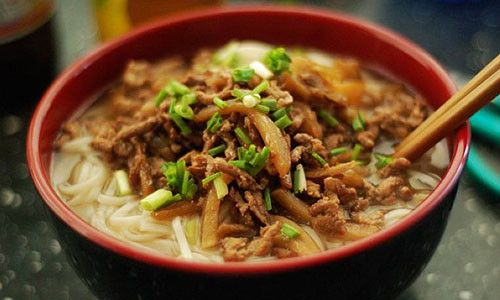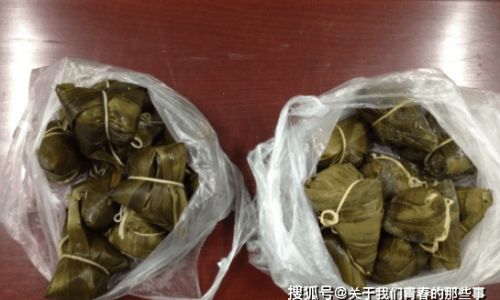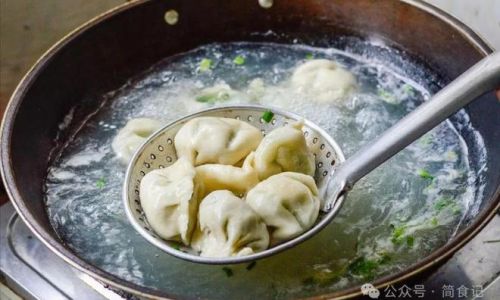Introduction
The culinary world is replete with dishes that transcend borders and cultures, and few are as universally beloved as a hearty bowl of noodles topped with a rich, savory minced meat sauce. This versatile condiment, often referred to as “ragu” in Italian cuisine or “zhajiang” in Chinese cooking, serves as the soul of countless meals across continents. Its appeal lies in its ability to transform simple carbohydrates into a feast, blending umami-rich flavors with tender, aromatic proteins. Whether served over steaming hot noodles, paired with rice, or stuffed into dumplings, minced meat sauce is a testament to the power of humble ingredients elevated by technique and time. This guide will delve into the intricacies of crafting the perfect minced meat sauce, exploring variations, techniques, and tips to ensure your dish becomes a cherished staple in your kitchen repertoire.
The Foundations of Flavor: Ingredients and Their Roles
At the heart of every exceptional minced meat sauce lies a carefully curated list of ingredients. While recipes may vary, the core components remain consistent: protein, aromatics, vegetables, and seasonings.

-
Protein Selection:
The choice of meat profoundly impacts the sauce’s character. Ground pork, with its ideal fat-to-lean ratio, is a traditional favorite, offering succulence and depth. Beef, particularly chuck or round, provides a robust, meaty backbone, while lamb introduces a gamey complexity. For lighter adaptations, ground turkey or chicken may be used, though they benefit from additional flavor boosters like mushrooms or smoked paprika. Vegetarian alternatives, such as textured vegetable protein (TVP) or lentils, mimic meat’s texture when simmered with umami-rich ingredients like miso or tomato paste. -
Aromatics:
Onions, garlic, and ginger form the aromatic trifecta, building a fragrant base that anchors the sauce. Shallots or leeks can substitute for onions, while fresh herbs like cilantro or basil add brightness. For a hint of warmth, incorporate star anise, cinnamon, or cumin. -
Vegetables:
Carrots, celery, and bell peppers introduce sweetness and texture. In Asian-inspired variations, ingredients like daikon radish or fermented black beans contribute unique flavors. For a spicy kick, finely diced chili peppers or a dash of chili oil may be added. -
Seasonings and Liquids:
Soy sauce, oyster sauce, hoisin, and fish sauce impart saltiness and umami. Tomato paste or crushed tomatoes add acidity and body, while rice wine or sherry enhances complexity. Sugar balances the savory notes, and a splash of vinegar brightens the final dish.
The Cooking Process: Step-by-Step Mastery
Crafting minced meat sauce is an alchemical process that requires patience and precision. Each step builds upon the last, creating layers of flavor that culminate in a harmonious whole.
Preparing the Aromatics:
Begin by finely mincing garlic, ginger, and onions. A uniform dice ensures even cooking and distribution of flavor. For a smoother texture, consider using a food processor, though hand-chopping preserves texture.
Browning the Meat:
Heat a neutral oil (such as vegetable or canola) in a heavy-bottomed pot over medium-high heat. Add the minced meat, breaking it into small pieces with a wooden spoon. Resist the urge to stir constantly; allowing the meat to caramelize develops a rich, golden crust that adds depth. Once browned, remove the meat with a slotted spoon, leaving the rendered fat in the pot.
Sautéing Aromatics and Vegetables:
In the same pot, sauté the aromatics and vegetables until translucent and fragrant. This step mellows their raw edge and infuses the fat with their essence. For a smoky twist, add a pinch of smoked paprika or a dash of liquid smoke.
Deglazing and Simmering:
Deglaze the pot with a splash of wine or broth, scraping up the browned bits (fond) from the bottom. Return the meat to the pot, then stir in tomato paste, soy sauce, and sugar. Add liquid (broth, water, or diced tomatoes) until the meat is submerged. Bring to a simmer, then reduce the heat to low.
The Simmer: Patience Rewarded:
Simmering is the sauce’s metamorphosis. Over 1–2 hours, the meat becomes tender, the vegetables melt into the liquid, and the flavors meld. Stir occasionally to prevent sticking, and adjust the heat to maintain a gentle bubble. For a thicker consistency, mash a portion of the vegetables against the pot’s side.
Finishing Touches:
Taste and adjust seasoning with salt, pepper, or a splash of vinegar. For a glossy finish, stir in a knob of cold butter or a drizzle of sesame oil. Garnish with fresh herbs, scallions, or toasted sesame seeds.

Regional Variations: A Global Tapestry
Minced meat sauce’s adaptability shines in its regional interpretations, each offering a unique cultural lens.
-
Italian-Style Ragu:
Emphasizes slow-cooked beef or pork, tomatoes, and red wine. Variations like Bolognese include milk or cream for richness, while Neapolitan ragu uses pork ribs and sausage. -
Chinese Zhajiang Mian Sauce:
Features fermented soybean paste (huangdoujiang), ground pork, and vegetables like zucchini or eggplant. Served with thick wheat noodles, it balances salty, sweet, and spicy notes. -
Korean Jjajangmyeon:
A black bean sauce variant made with chunkunjang (fermented soybean paste), pork, and onions. Garnished with cucumber and hard-boiled eggs, it’s a beloved street food. -
Mexican Chili Colorado:
Uses chili powder, cumin, and beef, simmered in a tomato-based sauce. Served with tortillas or over rice, it’s a testament to Mexican-American fusion.
Vegetarian and Vegan Adaptations
Modern cooks have embraced plant-based alternatives without sacrificing flavor. TVP, lentils, or crumbled tempeh absorb seasonings beautifully, while mushrooms (shiitake, porcini) add meaty texture. Nutritional yeast or miso paste replicate umami, while smoked paprika or liquid smoke mimic caramelization.
Troubleshooting Common Pitfalls
Even seasoned cooks encounter hurdles. Here’s how to address them:
-
Greasy Sauce:
Drain excess fat after browning the meat, or use leaner cuts. For vegetarian versions, reduce oil and rely on vegetable moisture. -
Bland Flavor:
Amplify seasonings gradually. A pinch of MSG or a splash of fish sauce can elevate umami. -
Overly Thick Sauce:
Stir in broth or water until the desired consistency is achieved. For thin sauces, simmer uncovered to reduce. -
Burnt Bottom:
Use a diffuser or lower heat. Stir more frequently during simmering.
Serving Suggestions and Pairings
Minced meat sauce’s versatility extends beyond noodles. Explore these pairings:
-
Noodles:
Thick udon, chewy soba, or delicate rice noodles. For a crunch, top with pickled vegetables or bean sprouts. -
Rice Bowls:
Spoon the sauce over steamed rice, garnished with a fried egg and nori strips. -
Bread and Buns:
Stuff into bao buns, slather on toast, or use as a pizza topping. -
Stuffed Vegetables:
Fill bell peppers, zucchini, or eggplants with the sauce and bake until tender.
Storage and Reheating
Minced meat sauce freezes exceptionally well. Portion into airtight containers and freeze for up to three months. Reheat gently over low heat, adding a splash of broth or water to loosen.
The Science Behind Umami: Understanding Flavor Compounds
At a molecular level, minced meat sauce’s appeal lies in umami—the fifth taste, characterized by glutamates and nucleotides. Meat proteins release glutamates during cooking, while ingredients like tomatoes (glutamates) and mushrooms (guanylate) amplify this effect. Simmering facilitates the Maillard reaction, creating complex flavor compounds that make the sauce irresistible.
Conclusion: The Joy of Customization
Minced meat sauce is a canvas for culinary creativity. Experiment with spices, proteins, and vegetables to suit your palate. Whether you prefer the fiery heat of Sichuan peppercorns or the mellow sweetness of caramelized onions, this dish invites you to imprint your culinary identity. As you simmer your next batch, remember that the true secret lies not in the recipe but in the love you pour into each stir. So boil the noodles, ladle the sauce, and savor the timeless joy of a meal well-made.






0 comments